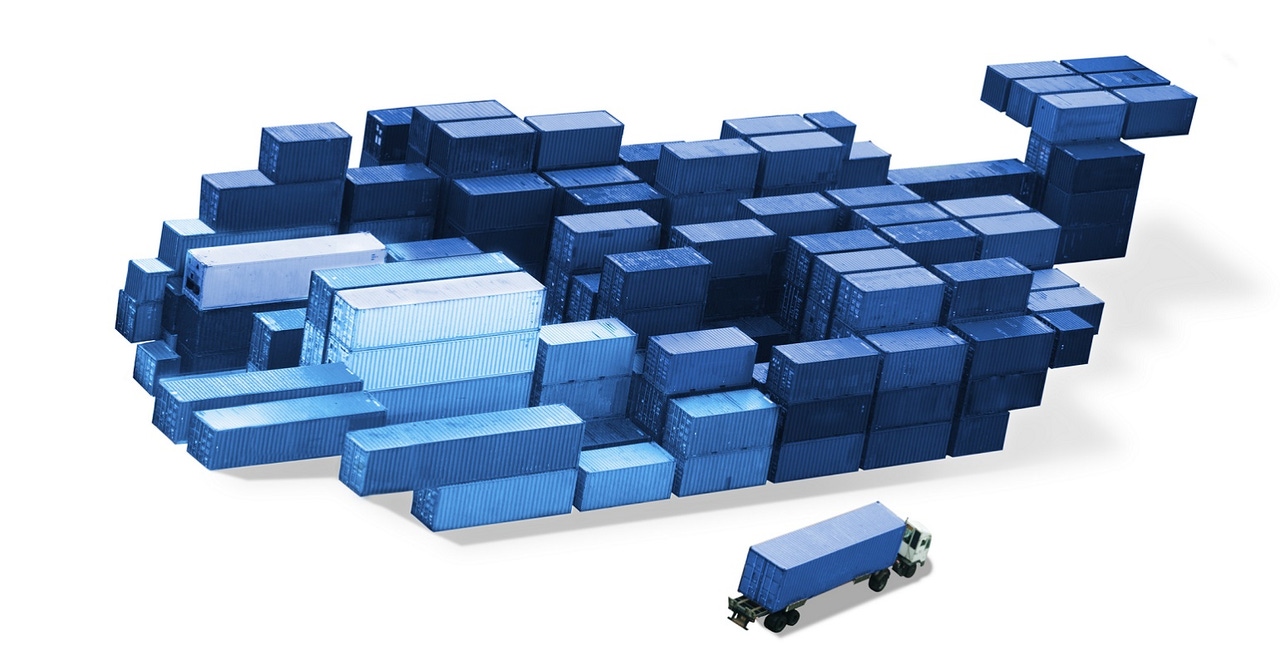5 Key Kubernetes Trends to Follow in 20235 Key Kubernetes Trends to Follow in 2023
While most of the major changes coming to Kubernetes are positive, there is pushback against using the open source container orchestration platform.

Kubernetes is more than eight years old, but it remains one of the fastest-changing technology platforms. As the DevOps ecosystem moves into 2023, Kubernetes is likely to be a key area of innovation, with new tools and techniques continuing to emerge that smooth over some of Kubernetes' rough edges.
To prove the point, here's a look at five major Kubernetes trends and their effect on the open source container orchestration platform in 2023.
1. Kubernetes Cost Optimization
Like the cloud or virtualization, Kubernetes has the potential to save lots of money by operating workloads more efficiently.
But the key word there is "potential." If Kubernetes is poorly configured, it can end up costing more money than it saves due to issues such as unnecessary or over-provisioned nodes.
Related:5 Simple Ways to Reduce Kubernetes Costs
That's why an increasingly important trend in the Kubernetes ecosystem involves cost optimization. A number of vendors — like Fairwinds and CloudZero — are investing in tools designed to help businesses measure and optimize their Kubernetes spending. Some such solutions are existing cost management tools that have been extended to support Kubernetes, while others were built from the ground up specifically for Kubernetes cost management.
Going forward, expect more businesses to add cost management tools to their Kubernetes tool set as they look for ways to maximize the return on their investment in Kubernetes-based deployment.
2. Kubernetes for Edge Computing
Originally, Kubernetes was designed primarily for hosting applications on conventional servers that lived inside traditional data centers.
Related: How to Choose a Kubernetes Service: 6 Questions to Consider
But there is growing interest in using Kubernetes as an edge computing solution, which means that Kubernetes manages clusters of devices that don't exist inside conventional data centers. Instead, the devices are things like smart home sensors or internet-connected vehicles.
There are some major technical challenges to overcome in order to use Kubernetes at the edge, such as the need to ensure low-latency networking between the Kubernetes control plane and edge nodes that might be thousands of miles away. But these difficulties can be surmounted, which is why there is a decent chance that we'll be seeing more and more Kubernetes deployments at the edge, not just in cloud data centers.
3. Multi-Cluster Kubernetes
Using a single Kubernetes control plane to manage more than one cluster of nodes — a practice known as multi-cluster Kubernetes — has existed in one form or another since the introduction of Kubernetes federation several years ago.
But it has been only within perhaps the past two years that tools for managing multi-cluster Kubernetes have evolved to the point that multi-cluster deployments are now realistic. The tools can now clear the steep technical hurdles at stake with multi-cluster management, such as the need to manage network connections between clusters in such a way that inter-cluster communication is possible while also ensuring reasonable security.
Multi-cluster Kubernetes is important because it makes it feasible to separate workloads using not just namespaces, but entirely distinct clusters. Doing so provides more security and performance protections than you can get using namespaces, which offer only virtualized segmentation between workloads. As a result, multi-cluster Kubernetes makes Kubernetes more valuable for use cases that involve very stringent security requirements, or where it's critical to avoid the "noisy neighbor" problems that can happen when multiple workloads share the same hosting infrastructure.
4. Kubernetes Usability
No one has ever accused Kubernetes of being an easy platform to use. On the contrary, you'll find plenty of warnings on the internet that Kubernetes is "hard," or even "damn complicated."
But you could have said the same thing about Linux in the 1990s, or the Amazon cloud in the mid-2000s, when those platforms were new. Like other major technologies that preceded it, Kubernetes is still growing up, and there remains plenty of room to improve it by improving the platform's usability.
Currently, most of that work is being done by commercial software vendors, which are building tools — many of them proprietary — to help streamline or automate Kubernetes setup and management. But there's also at least some effort at the community level to improve Kubernetes usability, such as the Usability Special Interest Group (which, sadly, now appears to be closing, but at least it set a precedent for Kubernetes usability improvements without a commercial spin).
5. Limited Kubernetes Adoption
Finally, partly because of the fact that Kubernetes is not as easy to use as some folks might wish, pushback against Kubernetes has become a significant trend.
Sites like doineedkubernetes.com exemplify this spirit in a humorous way, and you can find plenty of articles out there (including on this site) explaining why Kubernetes isn't always a great solution.
Related:The Late, Great K8s? 3 Reasons Why Kubernetes' Future May Be Bleak
This doesn't mean that Kubernetes will die off. But it does mean that businesses are increasingly likely to view Kubernetes with some reservations. We'll perhaps even start to see some "Kubernetes repatriation" trends in which companies migrate workloads from Kubernetes to a different solution, as has happened with some cloud workloads.
Conclusion: Kubernetes Trends Will Reshape Its Use
Kubernetes may be mature enough to host production workloads, but major change is afoot with regard to when and how organizations use Kubernetes. Growing pressure to manage Kubernetes costs more effectively, combined with trends like adoption of multi-cluster Kubernetes architectures and perhaps even a migration of workloads off of Kubernetes in some cases, will reshape the way Kubernetes is used in the real world over the coming year and beyond.
About the Author
You May Also Like








.jpg?width=700&auto=webp&quality=80&disable=upscale)
